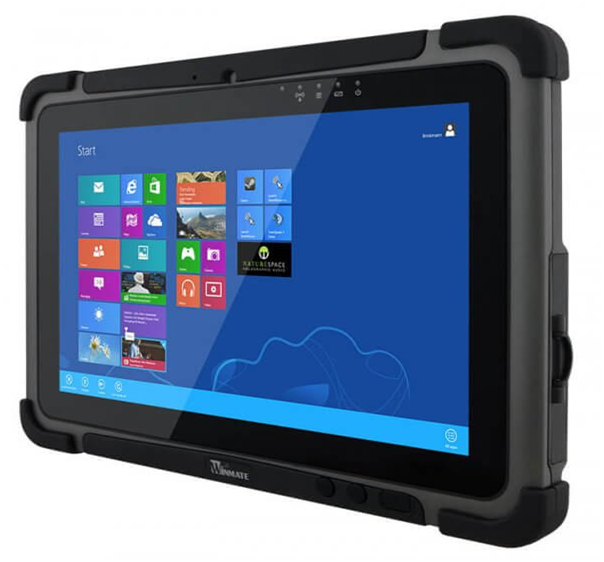If you are passionate to make your business successful then you need to have a good business strategist in your business. Business strategist helps to organize and manage the business effectively and they can help in creating a strategic plan for your business growth. An experienced business strategist can also help in providing creative and innovative ideas for the business and they will encourage the employees to work hard and provide faster and better work results.
Here are some reasons why you need a business strategist with financial expertise:
To prove that you are serious about your business:
“Strategy requires thought, tactics require observation,” said Max Euwe, a Dutch chess player, mathematician, author, and chess administrator.
Having an advanced business plan is necessary before you start a new business. Taking the help of an experienced business strategist can allow you to create a strategic plan for your business. Along with a strategic plan, the business strategist will make sure to provide the right path to the employees so that they can follow it and achieve the company’s goal. The business strategist will also provide clear objectives about the business and will make sure that the employees stay on the right track to achieve the common goal.
To establish business milestone:
Every business requires a long-term plan to make it successful. The business strategist will provide clear milestones and set some achievable goals for their employees. This will help the employees to work in collaboration to achieve those goals. Having a clear understanding of the business’s milestones, employees will be able to work hard to provide effective and efficient work results.
To better understand your competition:
The business strategist will do complete research on every aspect of the market to identify the latest trends and the strategies other businesses are using to stay ahead in the market competition. Once the strategist has analyzed the market competition then they will be able to provide a major improvement to their business and they will offer a great strategic plan to make their business stay ahead in the competition.
To better understand your customers:
The business strategist will analyze the entire customer’s data and track their shopping behavior and their purchase history to provide a better idea about what type of products and services their business should deliver. Along with products and services, they will also make sure to manage the business finances and offer better cost-effective solutions to the company.
Bradley Fauteux is an environmental advocate with over 16 years of experience in conservation work. Brad Fauteux served as the Managing Director of Ontario Parks and the Ministry of Natural Resources and has worked with more than 300 distinct intergovernmental, community, Indigenous and private sector partners. As the Managing Director of Ontario Parks and the Ministry of Natural Resources, Brad Fauteux oversaw the work of over 800 full-time and seasonal employees at over 110 locations across the province.





